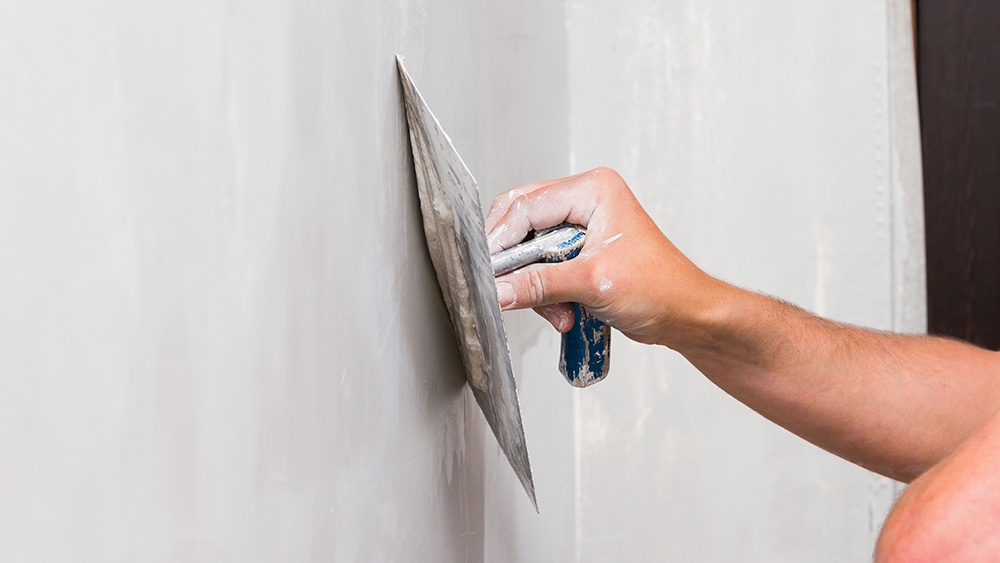What Is The Purpose Of Skim Coating Drywall?
June 27, 2018

If your commercial building has minor cracks in the drywall or you want a smoother wall finish, professional skim coating is the answer.
What is skim coating?
Skim coating is a texturing technique that’s used to make a wall smooth or to repair damaged drywall. It’s a quick, long-term solution for repairing minor cracks, filling a joint, or leveling an existing flat surface.
How does Cochran & Mann skim coat a wall?
Many online do-it-yourself guides offer varying advice on how to skim coat a wall. However, because this is a highly technical texturing technique (and inexperience can cost you money and stress), it’s best to leave the job for a professional wallcovering company.
To begin, the company should prep the wall surface by pulling any nails and scraping off loose plaster from the area that’s to be skim coated, as well as cleaning the wall surface by dusting and washing.
Next, a water-based sealer should be applied because skim coats should be done only with matte or primed walls. Afterward, the joint compound (also known as mud) -- never spackling -- should be prepped and mixed with a tint of the final color to make blending more seamless.
The bulk of this wallcovering project is troweling the tinted joint compound onto the wall, working from the highest point down. When fully applied, the joint compound dries for several hours or overnight, depending on the size of the commercial project.
To round out the process, a finishing coat and final layer of joint compound are applied, working in a horizontal direction. Once that’s dry, the work space should be cleaned up.
Why is skim coating important?
If a wall has an imperfect taping job, skim coating gives the wall a plaster-like finish when the smoothest surface possible is desired. It’s the only technique that achieves a Level 5 drywall finish.
What do the levels of drywall mean?
Finish levels are determined on a scale of 1 to 5. Here’s how the scale breaks down, according to a short description by SFGate, a go-to online news source in San Francisco:
- Levels 0, 1, and 2, are best for hidden areas, such as attics, garages, and unfinished storage spaces.
- Level 3 requires a heavy coat of texture to hide imperfectly taped seams.
- Level 4 is a finish that has flat seams and appears flat when properly painted.
- Level 5 withstands close scrutiny under a variety of lighting sources and appears flat with no visible evidence of seams or fasteners. The Painting and Decorating Contractors of America recommend a Level 5 finish for commercial buildings with bright or critical lighting, such as “the upper part of a wall under a skylight or a hallway with a light source that shines obliquely on the walls.”
What is critical lighting?
If your commercial building has bright or critical lighting, skim coating is highly recommended. This is because critical lighting “occurs when sunlight or another source of light strikes a wall surface at a 15-degree angle or less,” according to a technical information report by BASF Construction Chemicals, LLC in Jacksonville, Florida.
“At this angle, any irregularity in a wall surface 1/32 inch or greater can cast a shadow.”
This shadow changes the “appearance of trowel-applied coatings on large walls that are generally flat and lack shapes or other architectural lines to help break up the wall area. Any elevation may be effected at a certain time of day for a short time period, then disappear as the sun changes its angle.”
For more information about how to identify and perform wallcovering and painting maintenance for your commercial building, download Cochran & Mann’s checklist:





